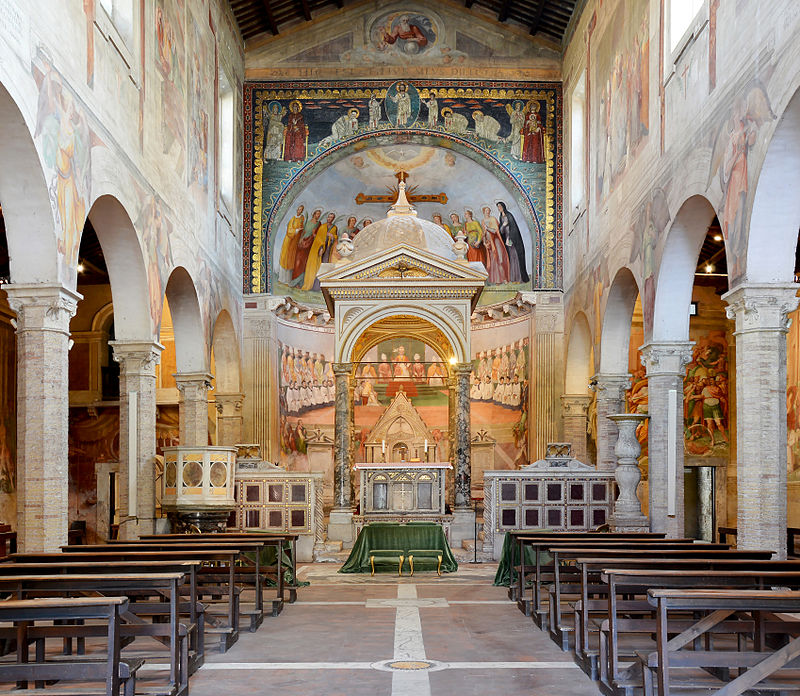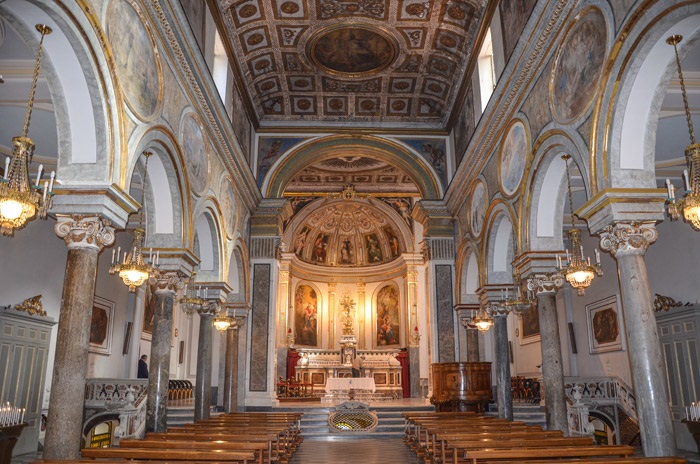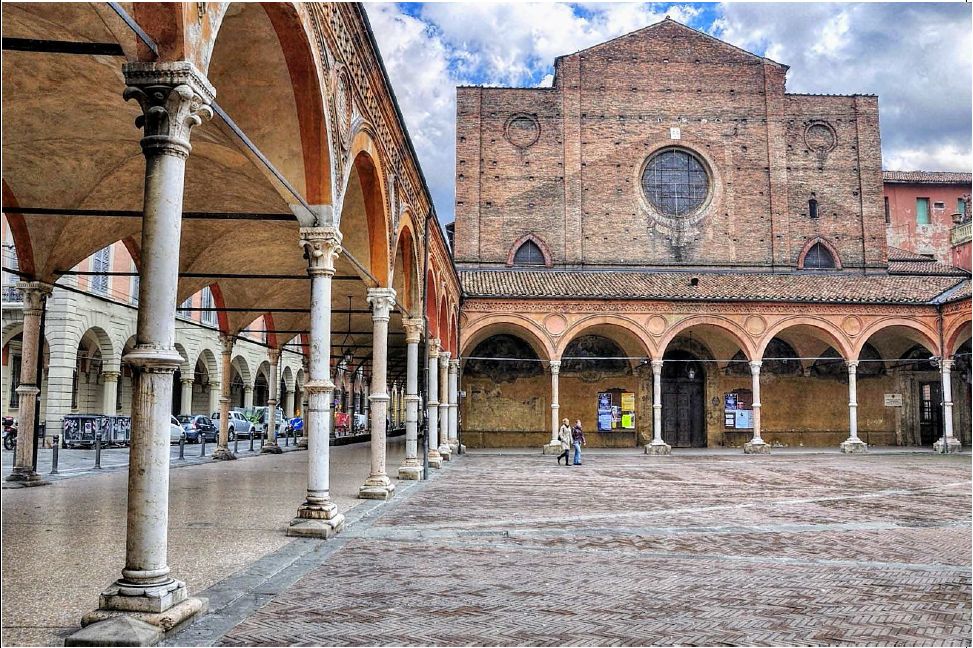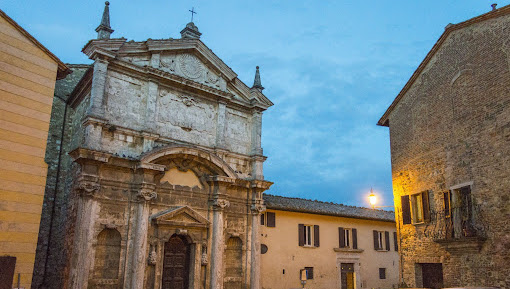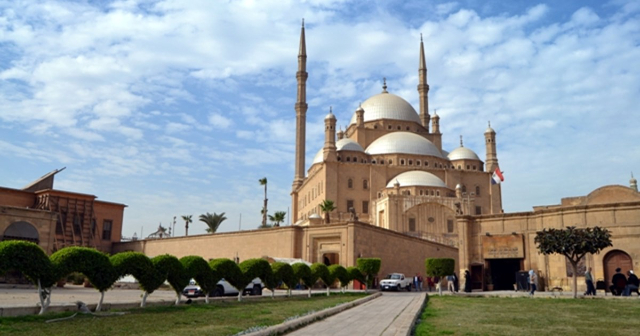Perched on the slopes of Mount Ellanion, overlooking the panoramic vistas of the surrounding landscape, the Temple of Zeus stands as a quiet but powerful testament to a bygone era. Though much of it lies in ruins today, its crumbling columns and eroded stones still whisper stories of a time when it was a hub of spiritual and religious activities.
The temple’s skeletal structure, what remains of once grand Doric columns and intricately carved friezes, evokes a poignant beauty. Nature has claimed its own, as ivy and moss decorate the remaining stones, adding to the site’s haunting allure. The desolation makes it all the more atmospheric; the silence broken only by the distant call of a bird or the rustling of leaves in the wind, adding a layer of sacred tranquility to the place.
Adjacent to the ruins stands a small, quaint church, a juxtaposition that bridges the past and the present, and invites reflection on the evolution of spirituality and worship through the ages. The church, often lit by the flickering glow of a solitary candle, offers a serene space for prayer and contemplation. Its very presence next to the ancient temple speaks volumes about the continuity of faith, albeit in different forms, throughout the centuries.
While the Temple of Zeus might not have the grandeur it once possessed, its current state offers something equally compelling—a sense of connection to a distant past and the opportunity for quiet introspection. Whether seen in the golden glow of a setting sun or the soft light of dawn, the temple and its surroundings are imbued with an otherworldly quality, making it a must-visit for anyone interested in the rich tapestry of history, nature, and spirituality.
So if you find yourself in the region, take the time to hike up the slopes of Mount Ellanion. As you stand amid the ruins, with the wind carrying the scent of the mountain herbs, it’s easy to feel transported back in time, imagining the ancient ceremonies and rituals that once took place here, under the watchful eyes of the gods.


